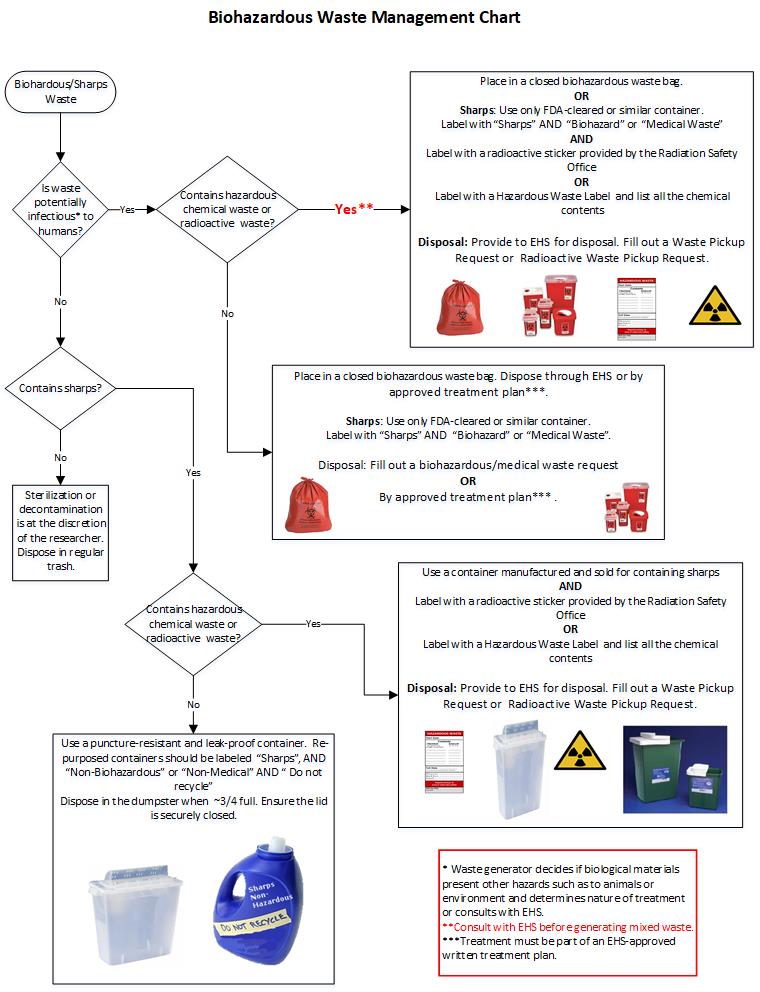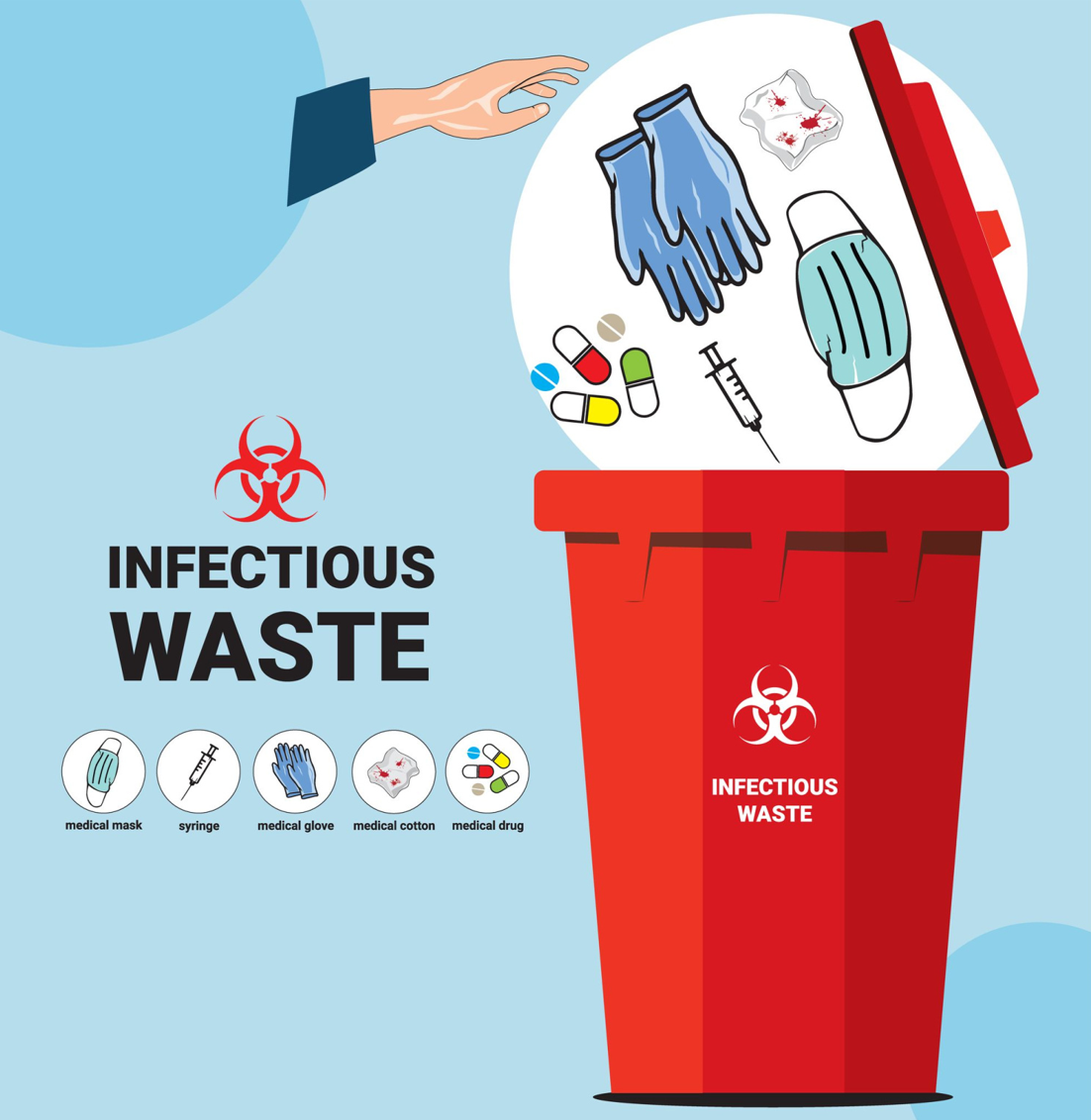Sustainable Solutions for Medical Waste Disposal
The appropriate administration and disposal of clinical waste is critical in keeping a lasting and safe healthcare system. As the volume of clinical waste remains to climb, discovering sustainable remedies comes to be significantly essential. This necessitates the adoption of efficient and ecologically friendly techniques for disposing of medical waste. This intro will check out various lasting options for medical waste disposal, consisting of waste segregation and sorting, on-site waste therapy systems, recycling and reuse programs, waste-to-energy conversion technologies, along with cooperation and education campaigns. By carrying out these services, medical care centers can not just lessen the environmental influence of medical waste, yet likewise make sure the security of health care workers and the basic public.
Waste Partition and Arranging
The procedure of waste segregation and sorting is critical in making sure proper administration and disposal of clinical waste. Clinical waste is categorized right into different groups based on its potential threat to human health and wellness and the setting. Correct segregation and sorting of waste assistance to lessen the threat of contamination and make sure that each sort of waste is dealt with and dealt with properly.
The initial step in waste partition and sorting is to identify and divide various kinds of clinical waste at the factor of generation. This involves acknowledging the numerous categories of waste, such as infectious waste, sharps waste, pharmaceutical waste, and chemical waste. medical waste removal. Each category requires details handling and disposal methods to avoid damage to medical care employees, people, and the environment

On-site Waste Treatment Systems
Proceeding from the previous subtopic on waste segregation and sorting, an effective option for lasting medical garbage disposal is the execution of on-site waste treatment systems - medical waste disposal service. These systems permit health care facilities to treat their medical waste on-site, lowering the demand for transportation and disposal at off-site centers. On-site waste treatment systems usually include modern technologies such as autoclaves, microwave systems, or chemical sanitation units
Autoclaves, commonly made use of in medical care setups, make use of high-pressure steam to sterilize and deal with medical waste. This procedure efficiently kills microorganisms, viruses, and various other potentially harmful bacteria, rendering the waste safe for more handling and disposal. Microwave systems, on the other hand, usage microwave radiation to heat and treat the waste, attaining similar outcomes to autoclaves.
Chemical disinfection devices involve making use of chemicals to decontaminate and treat clinical waste. These devices can utilize various disinfectants, such as chlorine-based remedies, to reduce the effects of virus and decrease the danger of contamination. The cured waste can after that be safely disposed of in routine waste streams or undertake more treatment, such as shredding or incineration.
Carrying out on-site waste treatment systems uses numerous advantages. It decreases the ecological influence related to moving medical waste to off-site facilities, decreasing carbon emissions and the danger of mishaps throughout transport. In addition, it offers health care centers with even more control over the therapy procedure, ensuring compliance with regulations and decreasing the possibility for unapproved access to sensitive medical waste.
Recycling and Reuse Programs
To even more improve lasting clinical garbage disposal practices, healthcare facilities can execute recycling and reuse programs, building on the foundation of on-site waste treatment systems. Recycling and reuse programs use an extra layer of environmental responsibility by diverting clinical waste from landfill and searching for different usages for sure products.
One trick aspect of recycling and reuse programs is the segregation of waste at the source. medical waste disposal service. By implementing appropriate waste partition procedures, medical care centers can divide recyclable products, such as plastics, steels, and glass, from non-recyclable waste. This enables the efficient recycling of these products, reducing the requirement for virgin resources and lessening the ecological influence of clinical waste disposal
In enhancement to reusing, medical care facilities can check out possibilities for recycling specific medical items. For instance, single-use items like surgical drapes and gowns can be sanitized and recycled, minimizing the need for brand-new products and lessening waste generation. Reusable sharps containers can additionally be used, minimizing the amount of plastic waste generated from non reusable containers.
Applying recycling and reuse programs calls for appropriate infrastructure and training - WasteX Medical Waste Disposal. Healthcare centers need to buy suitable reusing bins, partition systems, and sterilization tools, in addition to ensure team are informed on correct waste administration practices
Waste-to-Energy Conversion Technologies
One prospective approach to attend to medical garbage disposal sustainably is through the use of waste-to-energy conversion technologies. These modern technologies offer an encouraging solution to the growing trouble of medical waste, which postures significant ecological and public wellness risks. Waste-to-energy conversion includes transforming the organic components of clinical waste right into energy, such as warmth or electrical energy, with numerous processes like gasification, pyrolysis, and incineration.
Incineration is one of the most typically utilized waste-to-energy modern technology for medical waste disposal - WasteX Medical Waste Disposal. It involves the regulated combustion of waste at heats, converting it into ash, gases, and warm. This warm can be made use of to create steam, which can after that be transformed right into electricity
Pyrolysis and gasification are newer modern technologies that supply more eco-friendly options to incineration. Pyrolysis includes heating up the waste in the lack of oxygen, leading to the production of gases and char. Gasification, on the other have a peek at this site hand, converts waste into a synthetic gas or "syngas" that can be utilized as a gas for electricity generation or various other commercial procedures.
These waste-to-energy conversion innovations not only minimize the quantity of medical waste but also provide a resource of renewable resource. Furthermore, they can assist decrease greenhouse gas discharges and reliance on nonrenewable fuel sources (WasteX Medical Waste Disposal). It is vital to make certain that these modern technologies are implemented with correct discharges control actions to lessen any potential negative influences on air quality and public wellness.
Collaboration and Education And Learning Initiatives
Partnership among stakeholders in the medical care industry is crucial for carrying out sustainable options for clinical waste disposal. In order to effectively attend to the challenges related to clinical waste management, it is necessary for healthcare facilities, waste management business, regulators, and other pertinent parties to collaborate.

Moreover, education and learning efforts play a crucial function in promoting sustainable practices. Healthcare professionals require to be mindful of the ecological effect of incorrect waste management and the significance of executing sustainable solutions. Educating programs and academic materials can help them recognize the correct segregation of waste, using green alternatives, and the advantages of waste-to-energy conversion modern technologies.
Partnership and education can also assist in the development of laws and standards for clinical waste disposal. By interacting, stakeholders can add to the production of thorough policies that ensure secure handling, transportation, and therapy of medical waste.
Conclusion
In verdict, embracing lasting services for clinical waste disposal is essential in order to decrease the unfavorable effect on the setting and public health. Waste segregation and sorting, on-site waste therapy systems, recycling and reuse programs, waste-to-energy conversion technologies, and partnership and education campaigns are very important strategies to accomplish this goal. Applying these services calls for collaboration in between healthcare facilities, waste monitoring companies, and government firms, in addition to continual education and understanding projects.
The process of waste segregation and sorting is critical in guaranteeing correct administration and disposal of clinical waste.The initial step in waste segregation and sorting is to recognize and divide different types of clinical waste at the point of generation. This includes identifying the numerous categories of waste, such as contagious waste, sharps waste, pharmaceutical waste, and chemical waste.Proceeding from the previous subtopic on waste partition and sorting, a reliable solution for sustainable clinical waste disposal is the execution of on-site waste treatment systems. The treated waste can after that be securely disposed of in normal waste streams or undergo further treatment, such as shredding or incineration.